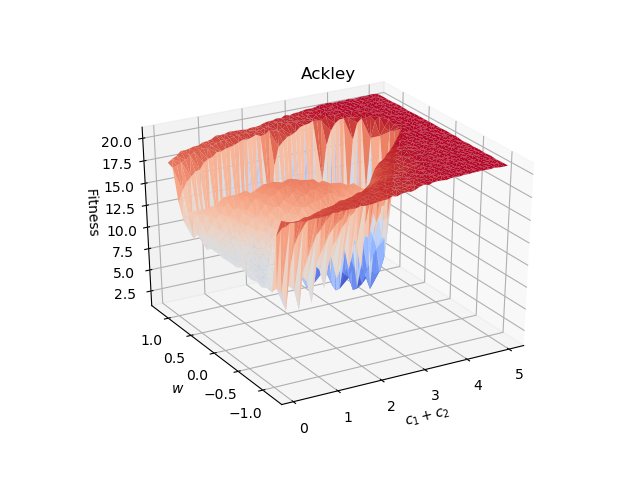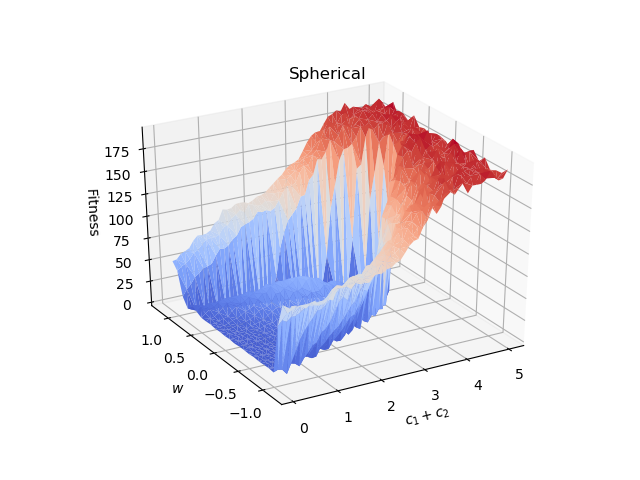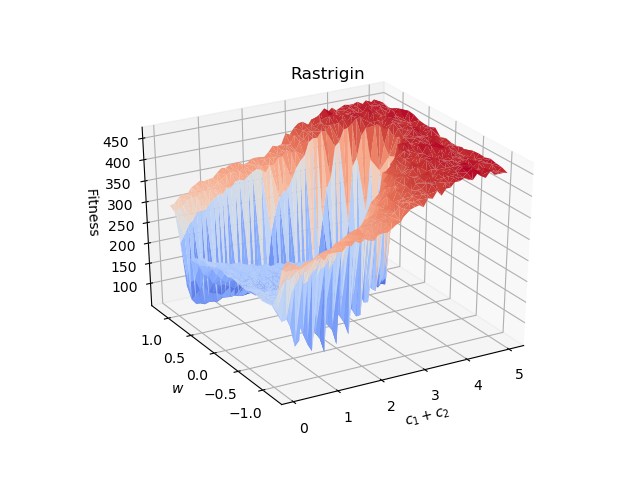Advances in Particle Swarm Optimization Development, Analysis, and Understanding
Advances in Particle Swarm Optimization Development, Analysis, and Understanding
The main objective of this tutorial will be to inform particle swarm optimization (PSO) practitioners of the many common misconceptions and falsehoods that are actively hindering a practitioner’s successful use of PSO in solving challenging optimization problems. While the behaviour of PSO’s particles has been studied both theoretically and empirically since its inception in 1995, most practitioners unfortunately have not utilized these studies to guide their use of PSO. This tutorial will provide a succinct coverage of common PSO misconceptions, with a detailed explanation of why the misconceptions are in fact false, and how they are negatively impacting results. The tutorial will also provide recent theoretical results about PSO particle behaviour from which the PSO practitioner can now make better and more informed decisions about PSO and in particular make better PSO parameter selections. The tutorial will focus on the following important aspects of PSO behaviour
- Understanding why the random variables used in the velocity update should not be scalars, but rather vectors of random values
- Exploring the effects of different ways in which velocity can be initialized
- The influence of social topology and different iteration strategies on performance is discussed
- Understanding PSO control parameters, and how to use them more efficiently
- The importance of parameter selection will be illustrated with an interactive demo where audience members will vote for/suggest control parameters. From the set of audience selected control parameters relative performance ranking, based on popular benchmark suites, of these configuration will be given in relation to a very extensive set of possible configurations. This demo will clearly illustrate why the subsequent theoretical discussion on control parameters is so import for effective PSO use
- Existing theoretical PSO results and what they mean to a PSO practitioner
- Roaming behaviour of PSO particles
- Understanding why PSO struggles with large-scale optimization problems
- Known stability criteria of PSO algorithms
- Effects of particle stability of PSO’s performance
- How to derive new stability criteria for PSO variants and verify them
- The use of a general PSO stability theorem in addition to a simple to use specialization are demonstrated
- The newly derived specialization theorem allows for a non-restrictive relationship of PSO control coefficients, which is a first for PSO stability theory
- Control parameter tuning, and self-adaptive control parameters
- Is the PSO a local optimizer or a global optimizer?
With the knowledge presented in this tutorial a PSO practitioner will gain up to date theoretical insights into PSO behaviour and as a result be able to make informed choices when utilizing PSO.





